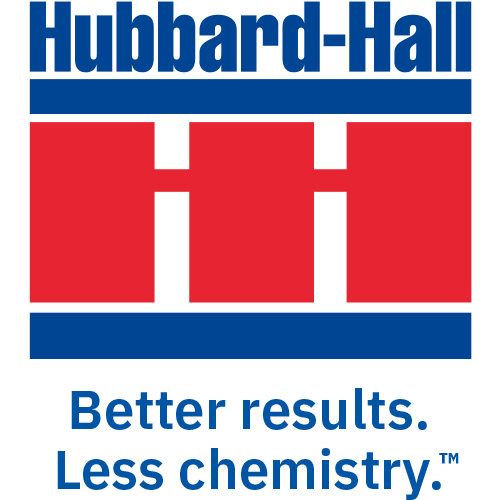One of the biggest wastes in a phosphating application is the productivity loss due to rejects & reworks. As with most multi-step chemical processes, having a clean contaminate-free surface is key to achieving a proper phosphate coating. This enables the reaction to proceed across the entire working surface area and ensures that the substrate is activated and free of problematic soils.
Organic soils are the more commonly acknowledged contaminants in coating applications. These can include previous rust inhibitors, machining or stamping fluids, lubricants, and buffing or polishing compounds. In addition to having an effective cleaning process to remove these soils from the parts’ surface, we also want to ensure that are removed in a manner that prevents them from being carried over into subsequent process tanks. Cross-contamination, especially from organic-based products, can cause many frustrating and costly problems down the line. With cleaners, we tend to break them down into two camps: emulsifying and oil-splitting – each with its own pros and cons. Emulsifying cleaners are great in tying up the removed organics into the solution which mitigates the risk of them being carried into other process tanks, these are particularly effective in barrel processing. Oil-splitting cleaners shine for parts that are heavily contaminated. Since they are able to easily split the organics from the cleaner solution, they are easily separated and promote exceptional bath life for the cleaner.
Conversely, inorganic soils are also important to address when considering effective cleaning and activation steps. These include surface oxidation (rust), scale from welding or heat treating, carbon or smuts, and other various metallic compounds. Often, caustic cleaners with the right chelating package can address many of these issues; however, sometimes an acid pickle may be necessary to address these contaminates. In addition to cleaning the surface, acid treatments can aid further “activating” the surface which ensures the substrate is in an optimal state to undergo the conversion coating reaction.
Last, but certainly not least, rinses are critical to overall success in the application. Often overlooked, rinsing ensures the parts are free of residual chemistry and contaminates, and ready for the next stage in the application. Utilizing flowing and counterflowing rinses are a best practice in ensuring these tanks stay free of contaminates and in minimizing the net water use for the line. Maintaining these tanks, along with implementing effective cleaning and acid steps will ensure that your phosphating process continues to produce the right coatings for you.
Want to learn more? Listen to our podcast on this topic or request a tech consult.
Contributed by: Connor Callais







Leave a Reply